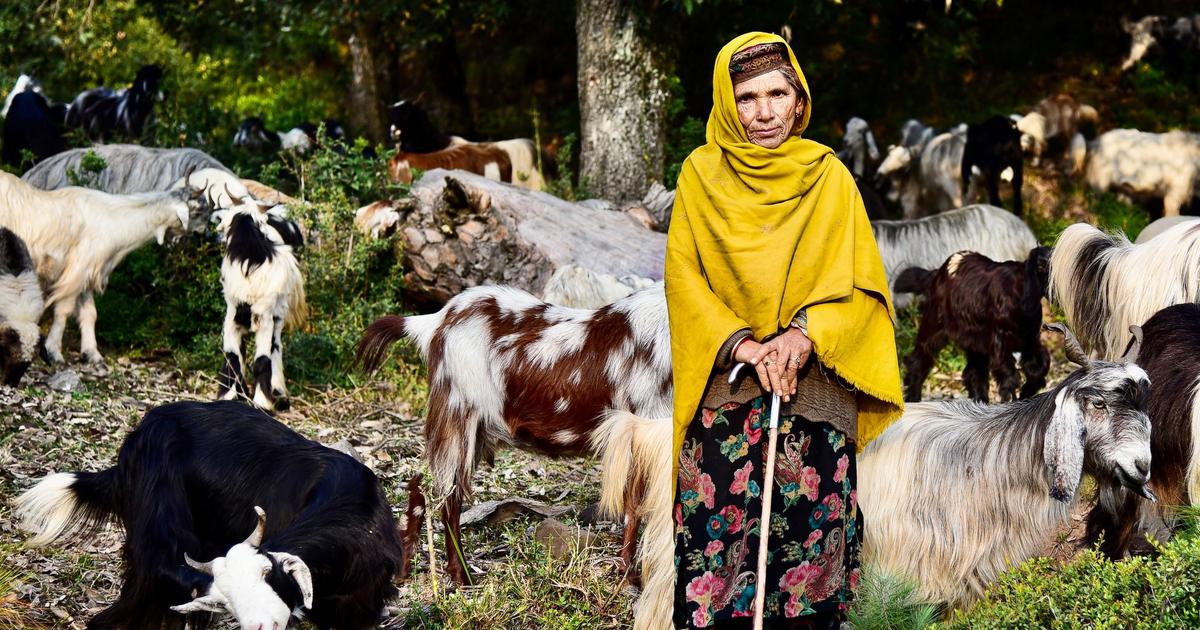In Kashmir, the cost of living with predators

In the forests and valleys of Kashmir, a quiet struggle plays out daily between local communities and two of the region’s most elusive predators – the Asiatic black bear and the leopard. In recent years, incidences of these carnivores attacking livestock for prey has become a growing concern. This poses a dual threat: it undermines rural livelihoods and jeopardises the long-term survival of these wild animals.
A new study examined livestock predation in three protected areas of southern Kashmir, to assess the economic toll of these losses and map the spatial patterns of such attacks.
“Much of the focus so far has been on human injuries and fatalities,” says co-author Bilal A. Bhat, senior assistant professor at the Department of Zoology, University of Kashmir. “However, for a more comprehensive understanding of human-wildlife interactions, it’s essential to also gather data on livestock predation and crop damage. This broader approach is critical for developing effective management strategies that balance human needs with wildlife conservation.”
Carnivore hotspots
The study by University of Kashmir researchers focused on Overa-Aru Wildlife Sanctuary, Achabal Conservation Reserve, and Rajparian Wildlife Sanctuary. These sites were selected for their varied human-wildlife interactions, land-use patterns, and socio-economic dynamics.
All three protected areas are surrounded by villages where farming and livestock rearing are...
Read more
News